Home School Resources – Victorian Worcester
- 6th May 2020
What was it like to live in Victorian Worcester? What was similar and what was different? Using information from the archives we’ve helped school find out about Victorian times over the years, and whilst most families are Home Schooling we thought we’d share the information to it can be used in the home.
Q What are the different ways we know about the past? How many can you think of?
Click here for some we thought on it Sources
Many of these are kept in the archives and in the archaeological records, which is a huge collection of information. Worcestershire archives are kept in The Hive.
Victorian Period
Queen Victoria reigned 1837-1901. This was a time of major change in the country and in Worcester. The number of people increased dramatically as the population went up. There were big changes in technology and transport, for instance railways, which had only opened to the public 1825, increased and soon the country was covered in train lines and people could move about more easily and food and goods could also move about more.
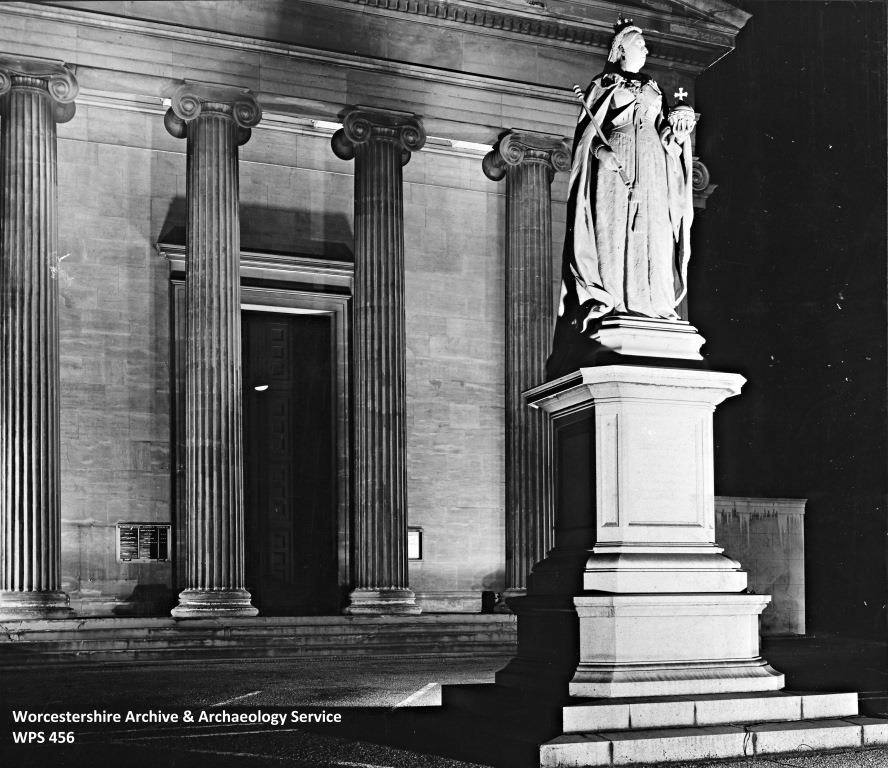
Queen Victoria state outside Shire Hall, Worcester
Today we’ll use three main sources
- Maps – shows us what a place was like, and might give names of buildings
- Census – taken every 10 years, this provides details of everyone living in the country
- Board of Health Report – in 1848
Activity 1 – Maps
We’re going to look at Worcester High Street, St Swithun’s Street and Church Street. Today this is by Skipton Building, Nat-West, Pret A Manger, St Richard’s Hospice Shop and Superdrug.
Have a look here for recent photos of this area
Have a look at this map of 1886, just over halfway through Queen Victoria’s reign, and at a modern map online.

1886 Ordnance Survey map of Worcester. Kindly supplied by Worcester City Historic Environment Record https://www.worcester.gov.uk/planning/heritage/historic-environment-recordYou can also download a pdf here
What differences can you see between Worcester then and now? See here to download a map marked with some things you may have noticed or go to the bottom of the page to see a map.
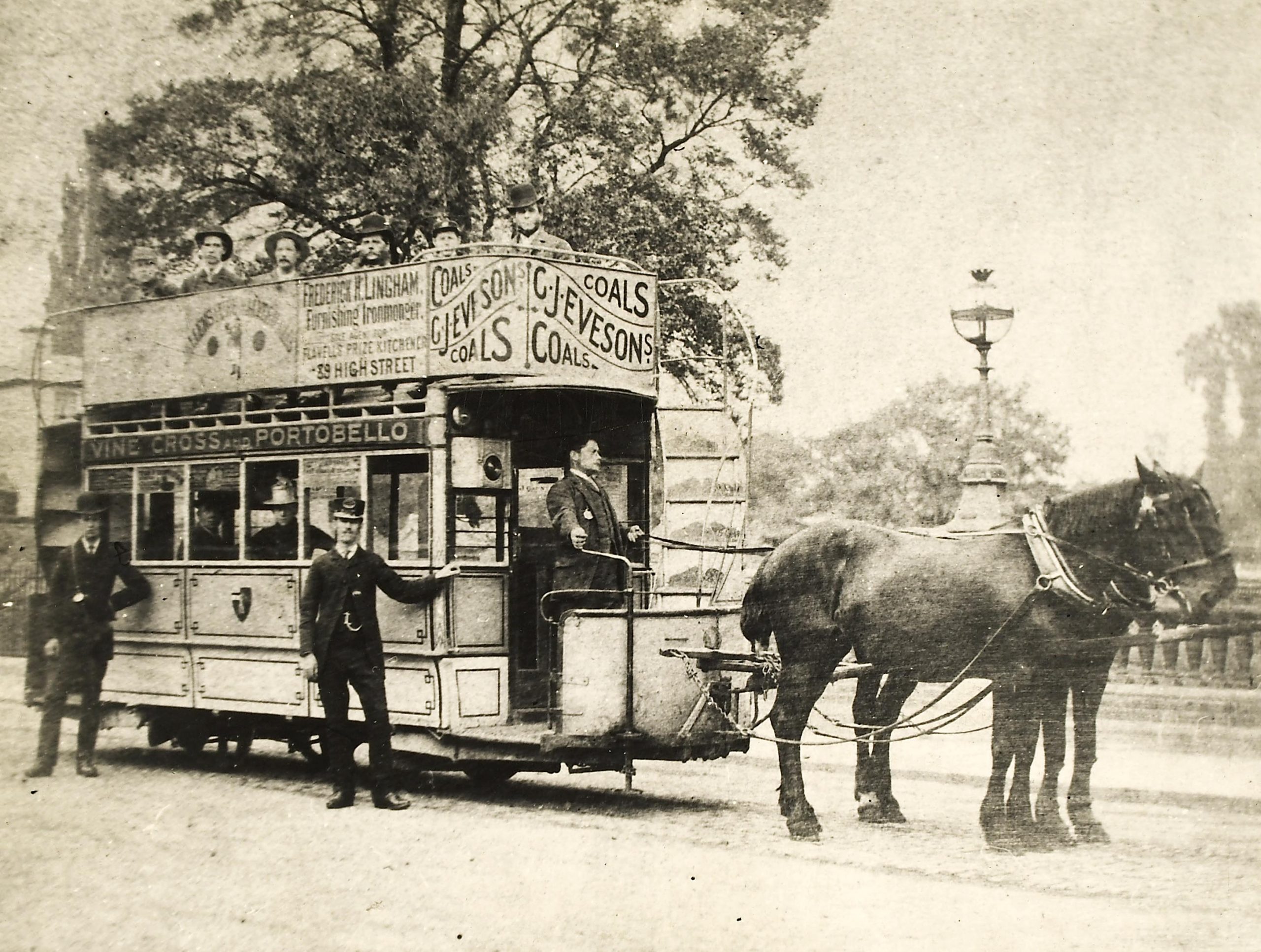
Horse-drawn tram. St John’s Worcester, 1889 (3 years after the map). Notice the sign on the side advertising that it goes from The Cross in the centre of Worcester to The Portobello in St John’s.
Activity 2 – Census
Every 10 years a census is taken, which is a type of questionnaire. Every household in the country has a form to fill in about the people who live there on a particular night and about the house. This is to help the Government know about the population so they can plans services for the future to meet the needs. As an adult if they remember filing it in in 2011.The next one will be next year in 2021.
We have typed out 4 pages of the 1871 Census listing the people who lived in the part of Worcester covered on the maps.
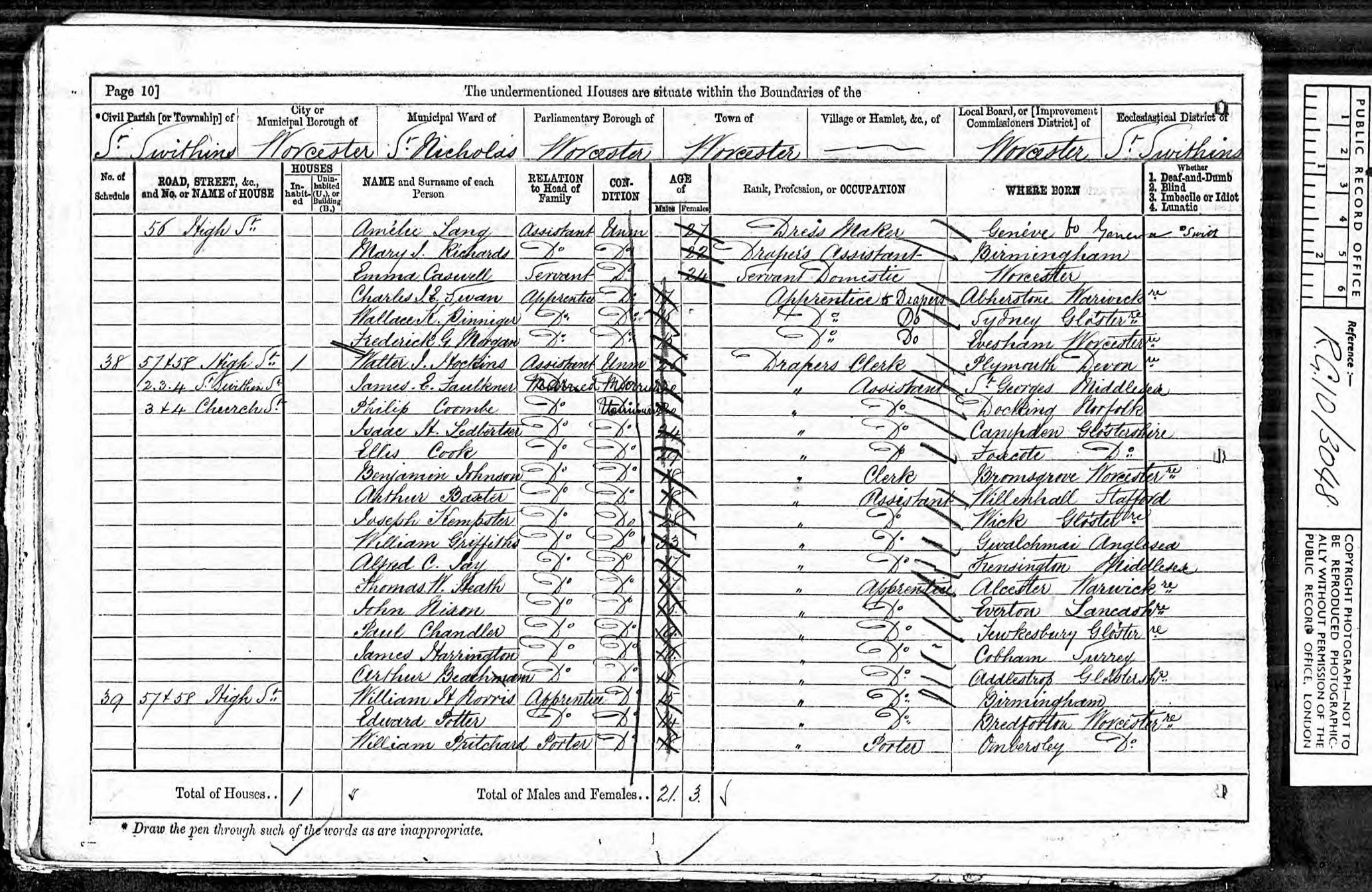
1871 Census image. Copyright and Courtesy of The Nation Archives. It’s handwritten, and can be difficult to read, so we thought we’d type it out to make it easier for you.
The census lists the
- Address
- Name of everyone in the property
- How they are connected to one another – are they family?
- Married, unmarried or widowed
- Age
- Occupation
- Where born
1 Occupations
Have a look through and on the form split out the occupations into:
- Jobs people still do today
- Jobs people do, but are not common today in Worcester
- Jobs which very few people do in Worcester today, or not at all
We have a glossary, which explains what some of the jobs are if you don’t know what they are, and a form to write them down on.
Please Note – ‘Do’ is short for ditto, and means the same as what is above, saving the writer having to write everything in full!
Some of the jobs may be a matter of opinion as to which it goes under!
2 Non-Family Members
Note down people who are living with people who are not their families. You can use the form here or just write them down.
3 Children
What do children under 16 do? What are their occupations?
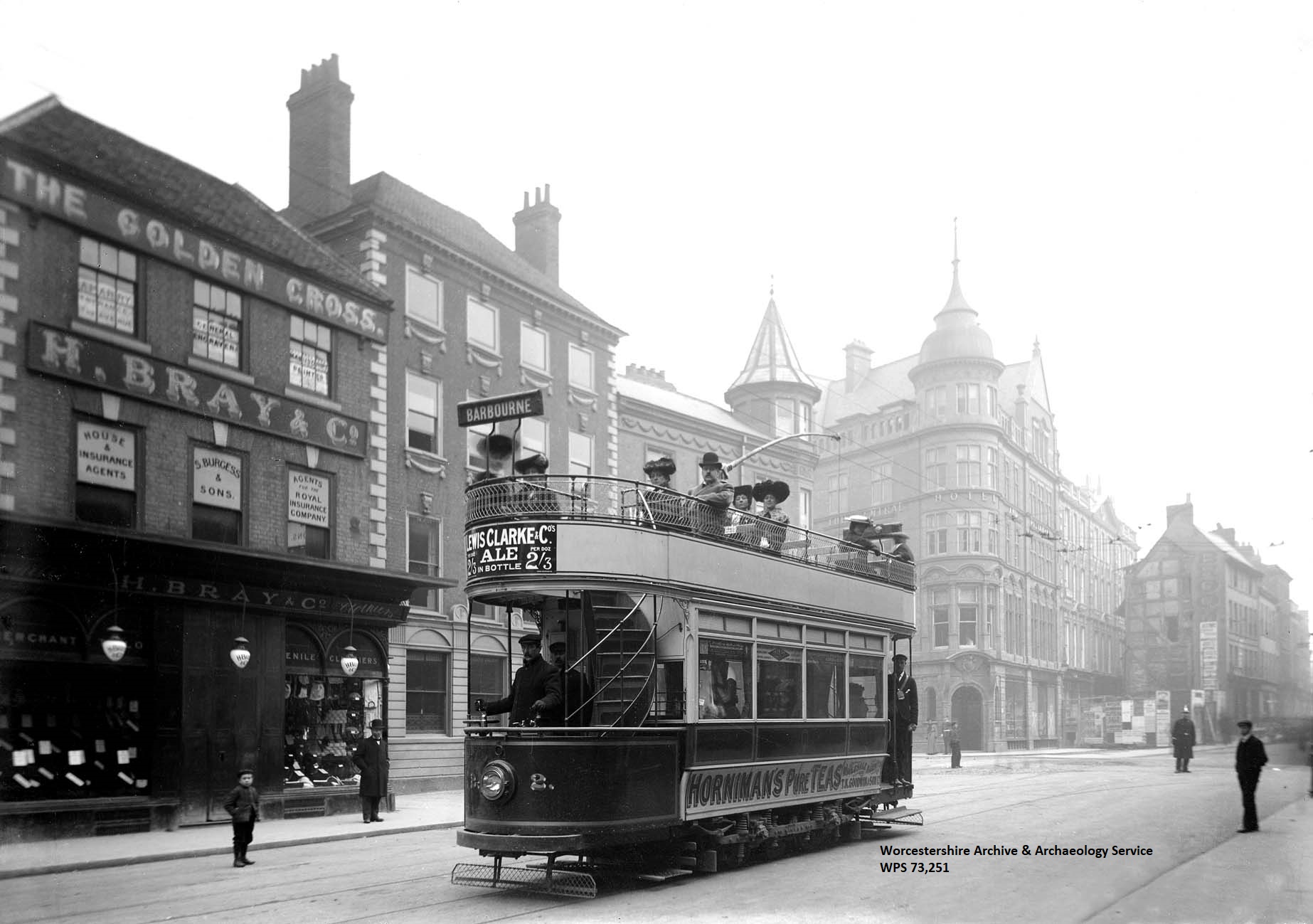
Tram by junction of The Butts and The Foregate (Hopmarket in background). The tram is now electric.
Activity 3 – Board of Health Report
In the early Victorian times people were worried about the health of people, and the awful conditions people lived in. Reports were created to tell the Government what each town was like.
These pages are from Worcester’s report. What was it like to live here?


People were sharing toilets (cesspits) and there were no sewers to take them away. There were lots of bad smells. This led to lots of diseases.
Reports like these led to new laws to try to improve things. By the end of Victorian times things were a lot better. We had sewers and some of the worst housing had gone.
So, what do you think it would have been like living in Worcester in Victorian times? Would you have like to have been a child then or now?
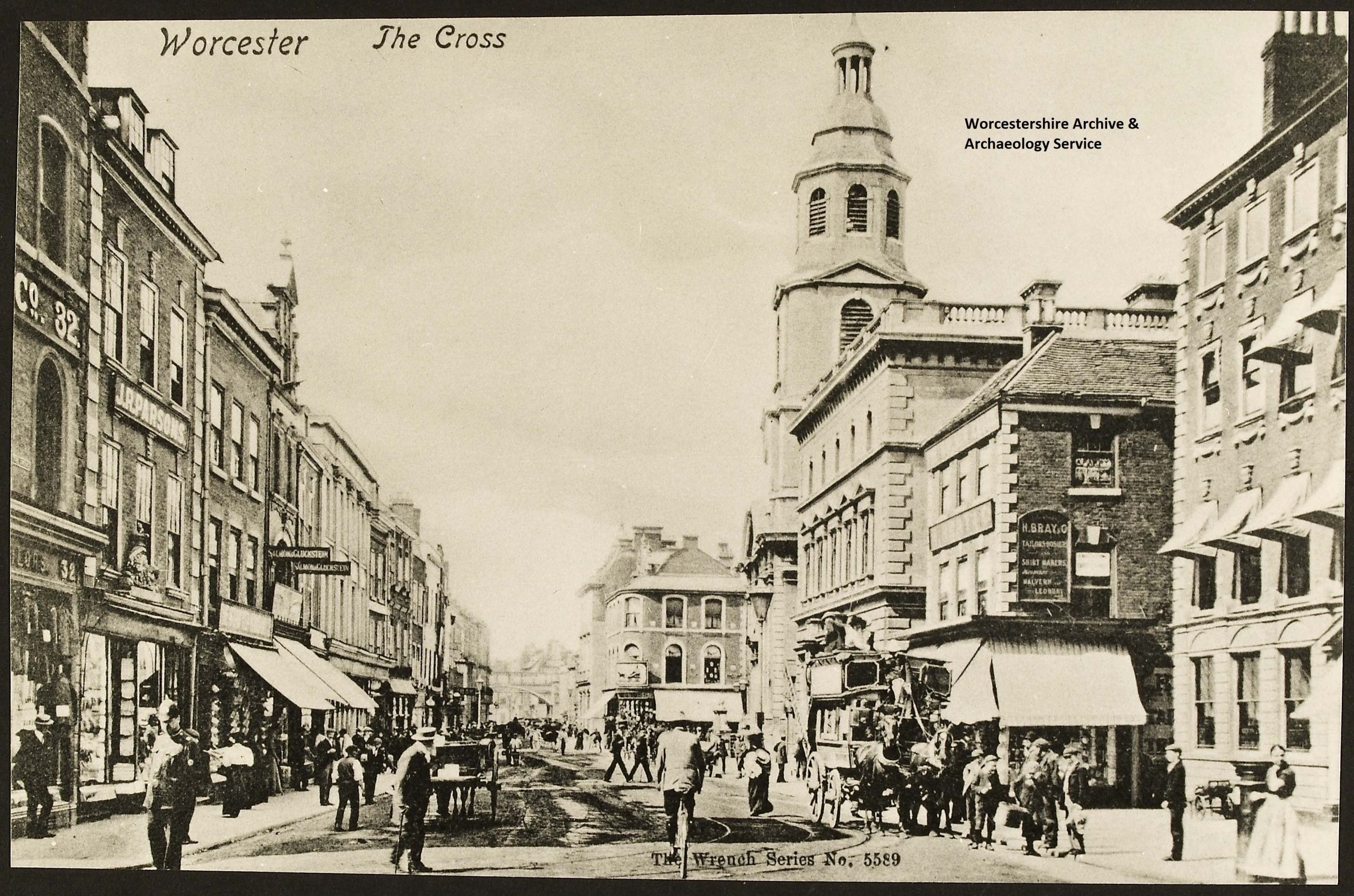
Postcard from 1910. St Nicholas on right and Lloyds Bank, looking towards Foregate St
Answers
1 Maps
You can also download a map here to zoom in
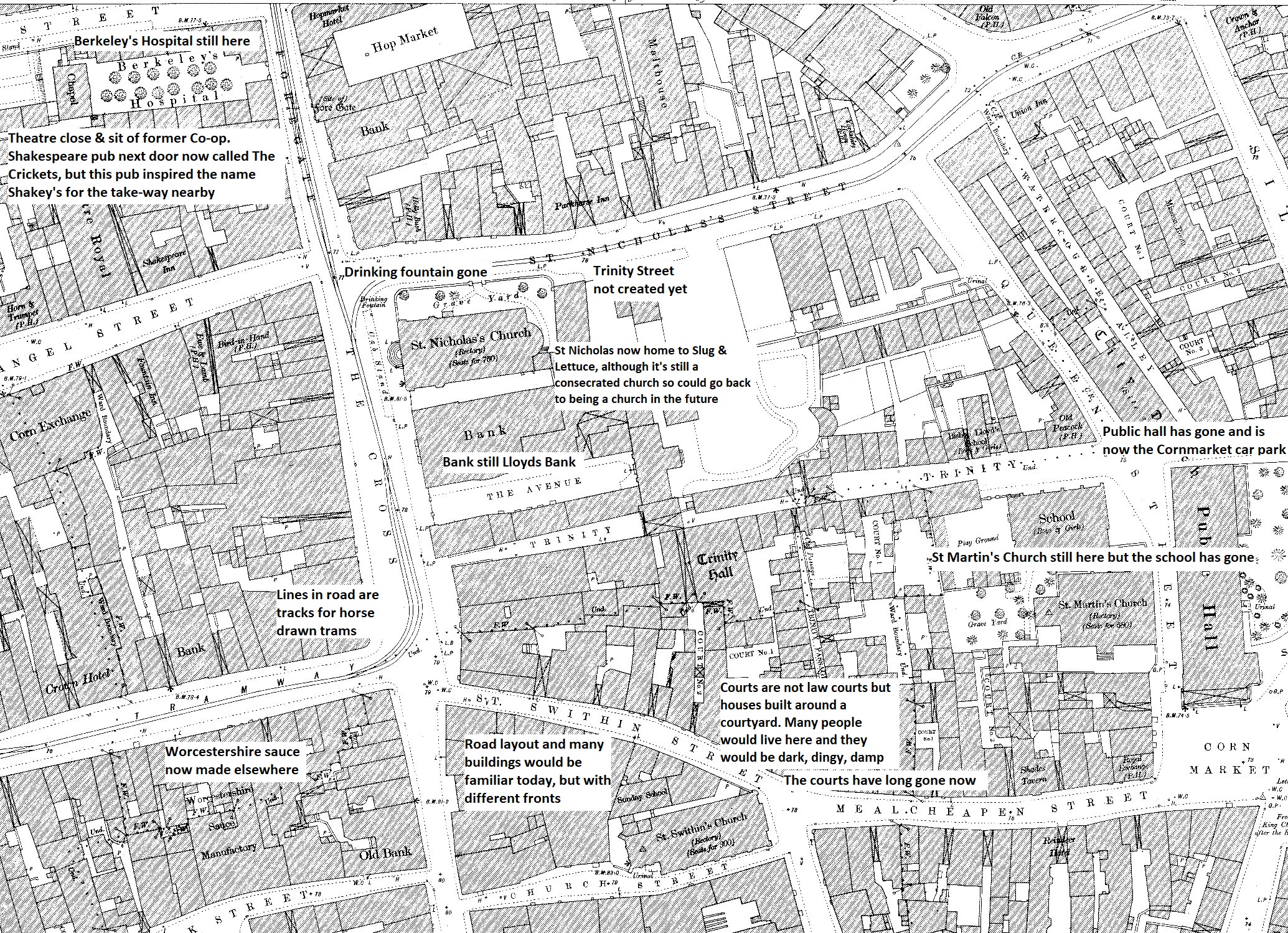
1886 Ordnance Survey map, courtesy of Worcester City Historic Environment Record
- The lines on the road indicate tramlines – trams were types buses powered firstly by horses, and then by electricity from overhead powerlines, and rails were on the road;
- Bank Street used to be a road people went down, not a pedestrian area.
- St Nicholas Church now Slug and Lettuce (although still a consecrated church so could return to being a church)
- Lots of banks then and now
- Courts – not law courts but houses around a courtyard. Lots of people lived in the centre of Worcester in the past. Courts were usually poor quality housing, dark and damp
- The Theatre has gone. A supermarket used to be on this site (Co-op). The Shakespeare is now The Cricketers, but the name inspired the name ‘Shakeys’ for the take-away opposite.
- The Public Hall has gone
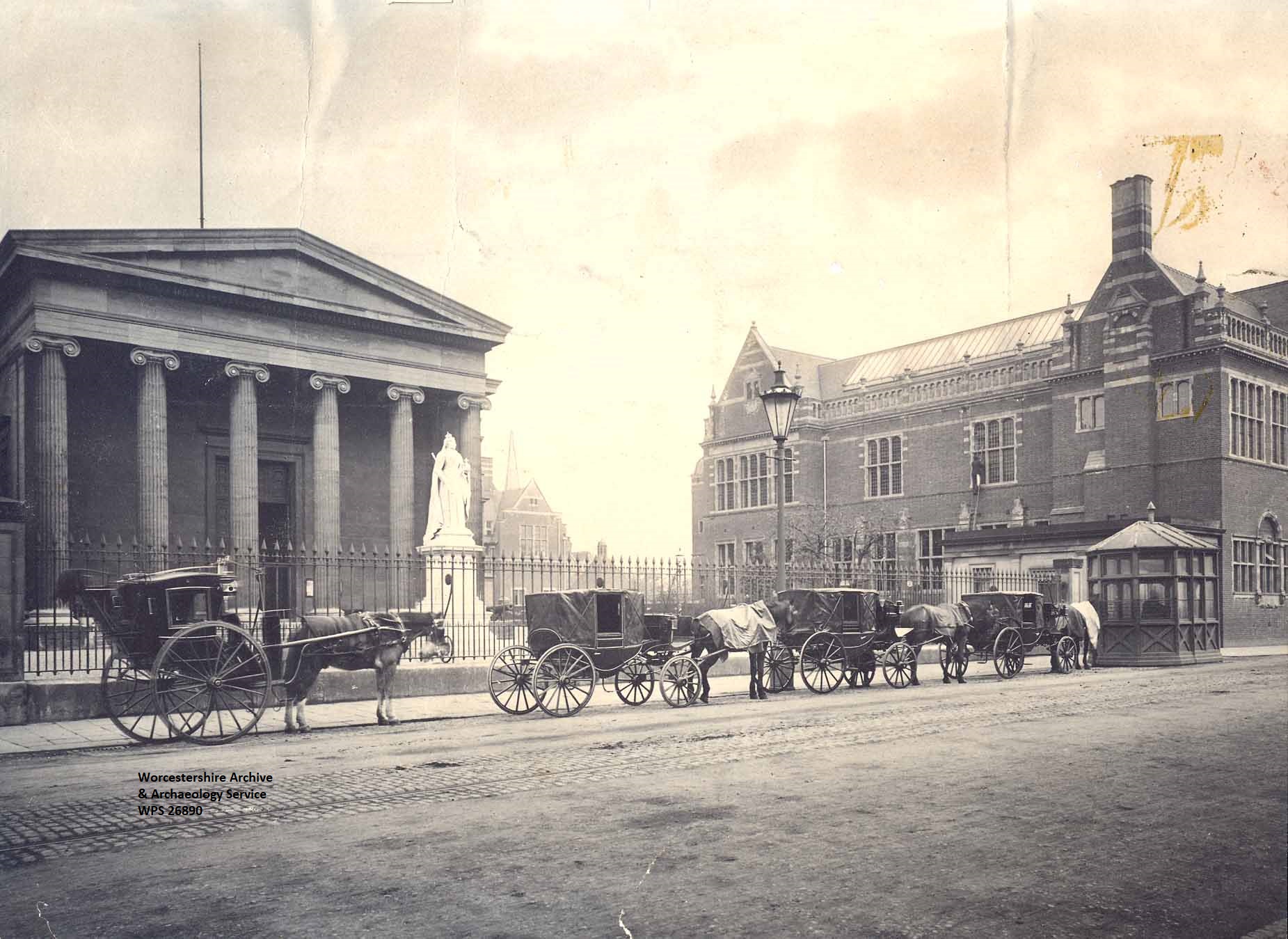
Shire Hall and Worcester Library, 1890. Queen Victoria’s statue had recently been put up. A cab stand is shown for horse cabs. One of these was shown on the map outside St Nicholas’ Church
2 Census
1 Occupations
Remember some might be a matter of opinion!
Still do today
- Jeweller
- Painter
- Scholar – still lots of school children
- Plumber and glazier
- Clerk – although be called secretary, PA, admin assistant, business support or similar. The law and solicitoirs clerks are still with us
- Baker
- Brewer
- Cabman – we still have taxi drivers, although not with horses
Not many in Worcester today
- Dressmaker- there a few but not many today in Worcester
- Draper – sometimes covers people who sell clothes, but most drapers sold cloth for people to make clothes etc. from. There are some people who sell fabric but most people clothes and things ready made.
- Tobacconist – newsagents and supermarkets still sell tobacco, but there aren’t specialist shops
- Tailor – few people have their clothes made for them by tailors, but one or two still exist
- Clock and watchmaker
- Milliner – only a few places sell ladies hats. In the past most women wore hats when out, so there were more hat shops.
Few or none in Worcester today
- Servant – not a phrase we use today, as most workers have more rights
- Layer out (gloves) – no gloves are made in Worcester today
- Hatter and hosier
- Shoemaker – shoemaking doesn’t happen locally today, although there are a few shoe repairers
- Leather parer
- Agricultural labourer – very few people living in Worcester would do this. Some people do it in the county of course, but you wouldn’t find many in central Worcester.
2 Family Members
In Victorian times a lot of workers lived with their employers, especially shops, and accommodation and food was part of their wages.
There were also quite a few servants who lived with their employers
Do you know anyone who lives with their employer today? It isn’t very common today. We have very few servants today. People may do those jobs but wouldn’t be called servants.
3 Children
Quite a few are still at school (scholars). Other jobs are at the bottom of the rung – assistants at work, so they would have been learning their trade and probably given the worst jobs.
Sometime people get the impression that most children were chimney sweeps or worked down the mines, but many still went to school. School wasn’t compulsory until 1880, and only free for everyone in 1891, so many parents struggled to afford to send their children.
Would you have preferred to have been at school or working? The work would have been long hours and hard work.
Did the people tell the truth on the census? Probably, but perhaps ages slightly out (didn’t know or misleading), and occupations may sound better than they were.
What was it like to live in Victorian Worcester?
It would have been very different! Some part of the city would be similar, and you’d have recognised some of the buildings. Many jobs would have been different and you would probably have had to work at an earlier age. You may think that would be better than school but you’d have done the jobs others didn’t want to do and worked very long hours. The city would also have been smelly, dirty, and unhealthier than today.
Post a Comment